Analysis
7 Myths About New York Art Collectors That Get Thoroughly Busted by a New Survey of the City’s Art Scene
A new survey argues that New York is extremely well positioned to bounce back from the shutdown.
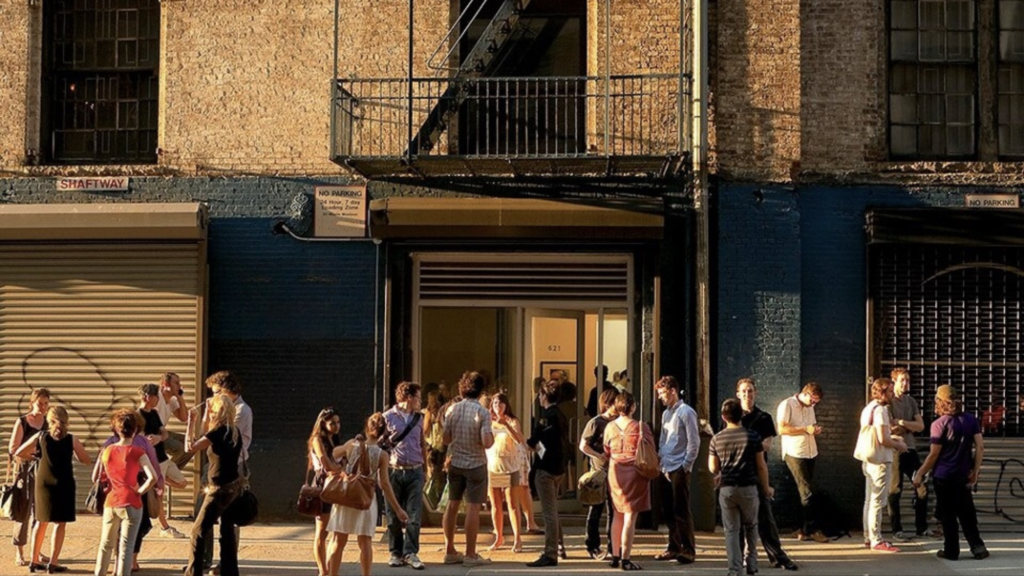
A new survey argues that New York is extremely well positioned to bounce back from the shutdown.

Eileen Kinsella

During the US Presidential Debate last month, President Donald Trump described New York as a “ghost town.” He added: “It’s dying, everyone is leaving New York.”
Some anxious art dealers might have identified a shred of truth in Trump’s hyperbole, as wealthy residents fled the city over the summer for Eastern Long Island (and now, Palm Beach).
Despite the difficulties, however, a new study suggests that the New York art market is uniquely well positioned to rebound. The report—commissioned by organizers of the (admittedly New York-based) Independent art fair and Crozier Fine Arts, and compiled by Arts Economics founder Clare McAndrew—markets itself as the first-ever analysis of what makes the New York art market tick (and keeps it resilient).
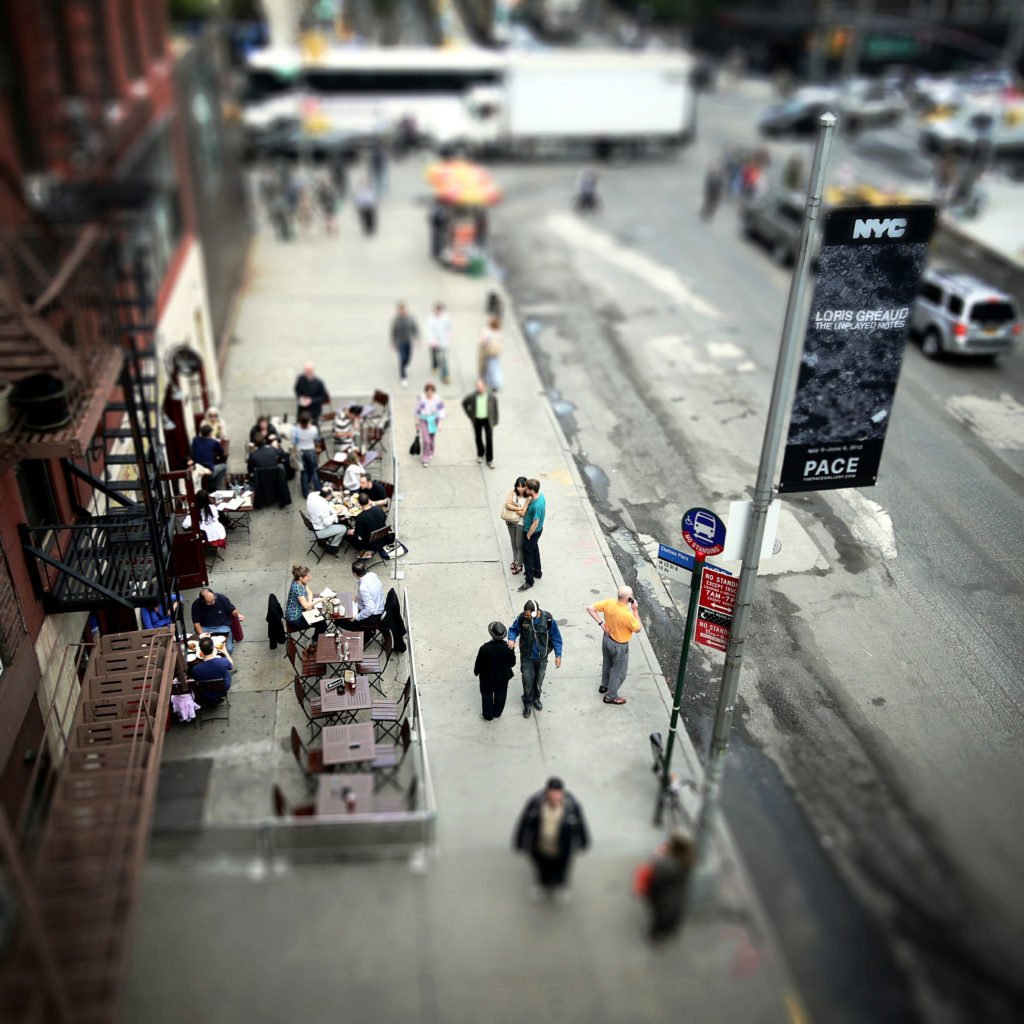
Chelsea’s gallery district. Photo via Flickr.
The report is based on surveys completed by 388 collectors in the New York tri-state area and 146 completed by art advisors. “It reviews the strengths of New York’s collecting base, art market, cultural infrastructure and regulatory frameworks, all of which will be crucial to the speed of its recovery from the ongoing crisis,” McAndrew tells Artnet News.
In the process, the report also contains some surprises, puncturing long-held myths about the commercial and cultural hub. We’ve laid out a few of them below.
Sorry, Donald Trump: New York remains the largest art-market center anywhere in the world. The report estimates that the Big Apple accounts for up to 90 percent of the total value of art transactions in the US. (Meanwhile, the US was the largest art market in the world last year, with a market share of 44 percent.) The city is also home to a whopping 40 percent of art fairs in the country. Plus, it provides a key platform for artists, both alive and dead: around 60 percent of American artists’ estates and foundations are based in the city.
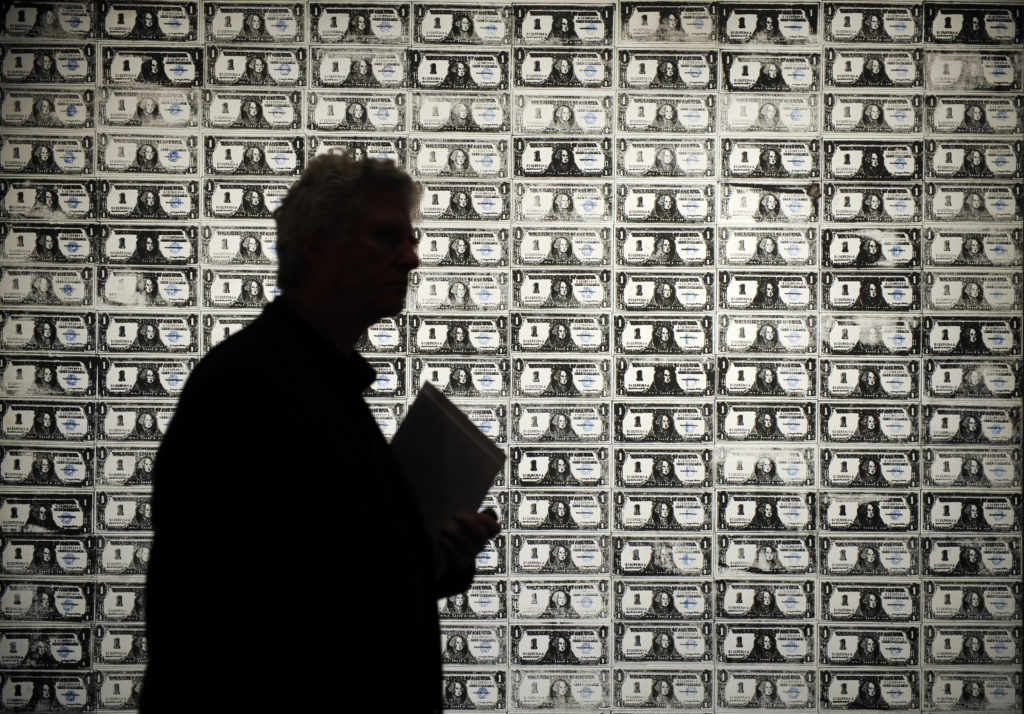
Andy Warhol’s 200 One Dollar Bills during an auction preview, Photo: Emmanuel Dunand/AFP/Getty Images.
It’s true that New York is home to many of the world’s top art collectors: half of the country’s 3,000 most active (and deep-pocketed) art buyers live there. The average collector interviewed owns 146 works of art. But viewers of Billions will be forgiven for assuming the city is full of hedge-fund managers racing one another to flip works for a profit. While those folks certainly exist, the survey found New York collectors perceive themselves as less investment driven than some of their global peers. And while it’s possible that New Yorkers simply want to be seen as less investment-focused, the way they live with art bears this out. An average of 75 percent of their holdings are exhibited in personal and accessible spaces such as homes or offices, with an average of five percent on loan to museums. And even though New Yorkers’ homes are often relatively small, the proportion of works they have in storage, according to the survey, is “significantly less” than collectors in other regions.
The collectors surveyed spend an average of $759,000 on art each year, although this ranges considerably by age and wealth level. The average annual expenditure for millennial collectors was just over $45,500, compared to around $600,000 for Gen X and Boomer collectors. The so-called “silent generation,” those born between 1925 and 1945, reported a much higher average spend of $3.4 million annually.
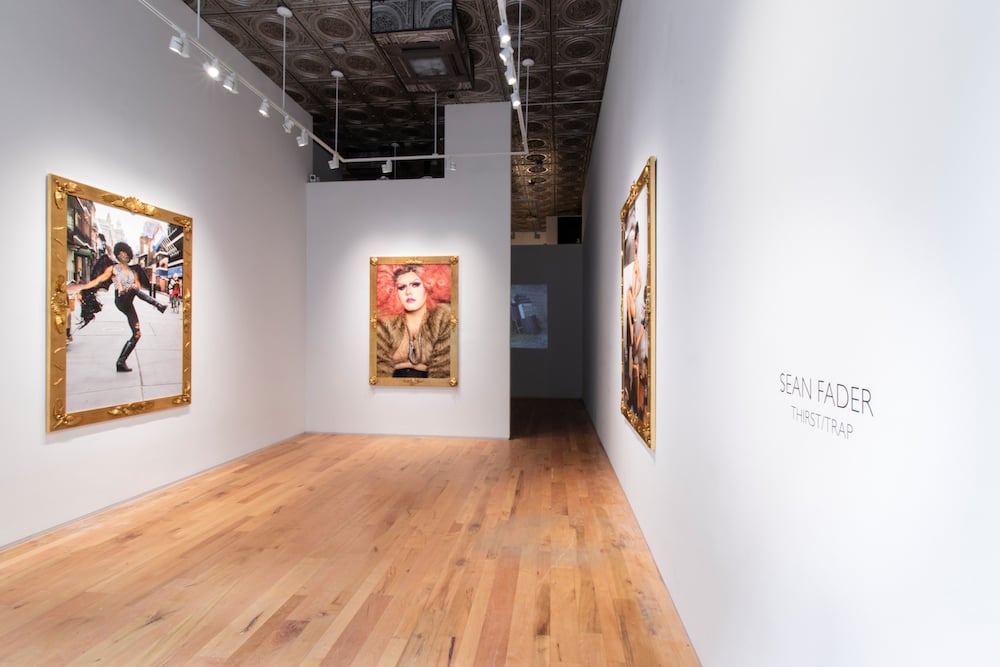
Installation view of “Sean Fader: Thirst Trap” at Denny Dimin Gallery. Image courtesy the artist and Denny Dimin Gallery.
Despite being a center for the sale of the most expensive artworks in the world, even top collectors in New York engage at a variety of price levels. In all, 84 percent of collectors reported that they most often transacted at prices less than $50,000, and that 43 percent of their collections were comprised of works by emerging artists. There are also few places better to buy or sell contemporary art: 80 percent of the works owned by those interviewed were by living artists.
New Yorkers may simply be OVR online viewing rooms. Although 90 percent of those interviewed had browsed the platforms this year, only 22 percent had used them to finalize a purchase. Meanwhile, more than a quarter had never bought a work of art online. Instead, collectors’ most frequently used channel to purchase art was (by far) galleries and dealers, with 76 percent of collectors using them always or often. Over the past two years, New York collectors reported that they had purchased art from 14 different galleries on average, and over half (53 percent) preferred working with local galleries. Most (96 percent) had also purchased art through art fairs, with 43 percent using them always or often.
The survey also offers insight into an under-explored market force: art advisors. (The advisors surveyed were either based in New York or had worked with clients in New York within the past year.) Local art advisors worked with an average of 45 clients each, consulting on sales or purchases worth $33 million in 2019, with 52 percent of that value attributable to New York clients. Those surveyed took part in the purchase or sale of an average of 27 works of art per year directly from galleries, 60 percent of which were based in New York. Over the past two years, art advisors reported working with an average of 33 galleries, around half of which were in the Big Apple. Art advisors based outside of New York took at least ten work-related trips there each year.
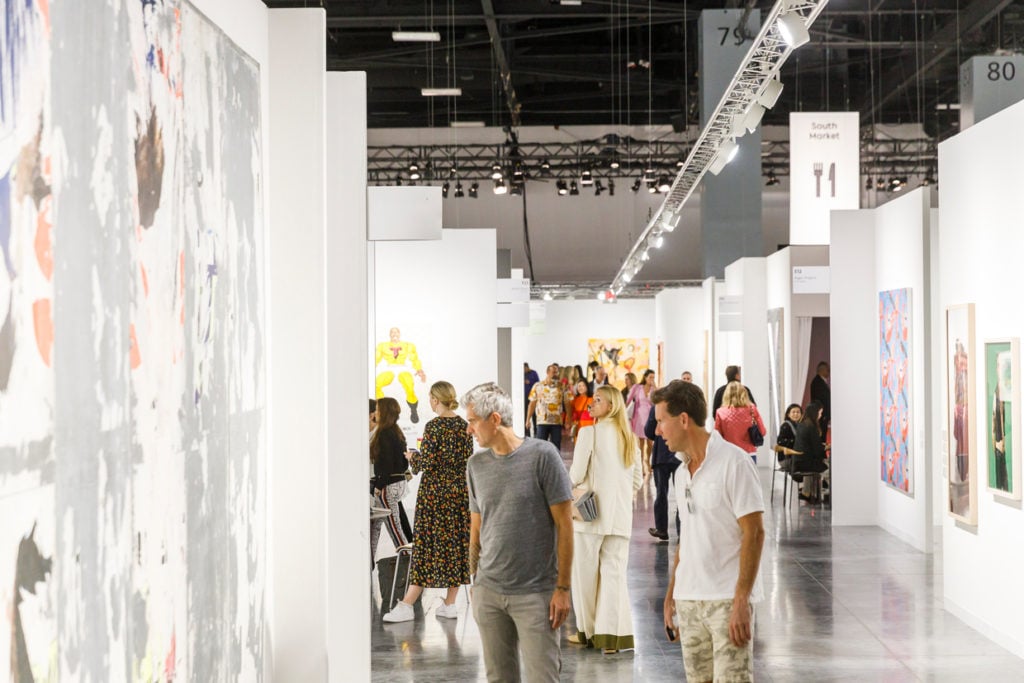
Art Basel Miami Beach 2019. Photo: Courtesy of Art Basel.
Despite the challenges and dangers posed by the public health crisis, 76 percent of the New York collectors surveyed said they were willing to attend events, exhibitions, and fairs in the city over the next 12 months, and 52 percent said they would attend events locally or in other regions, including those outside the US. You can’t keep a New Yorker down.